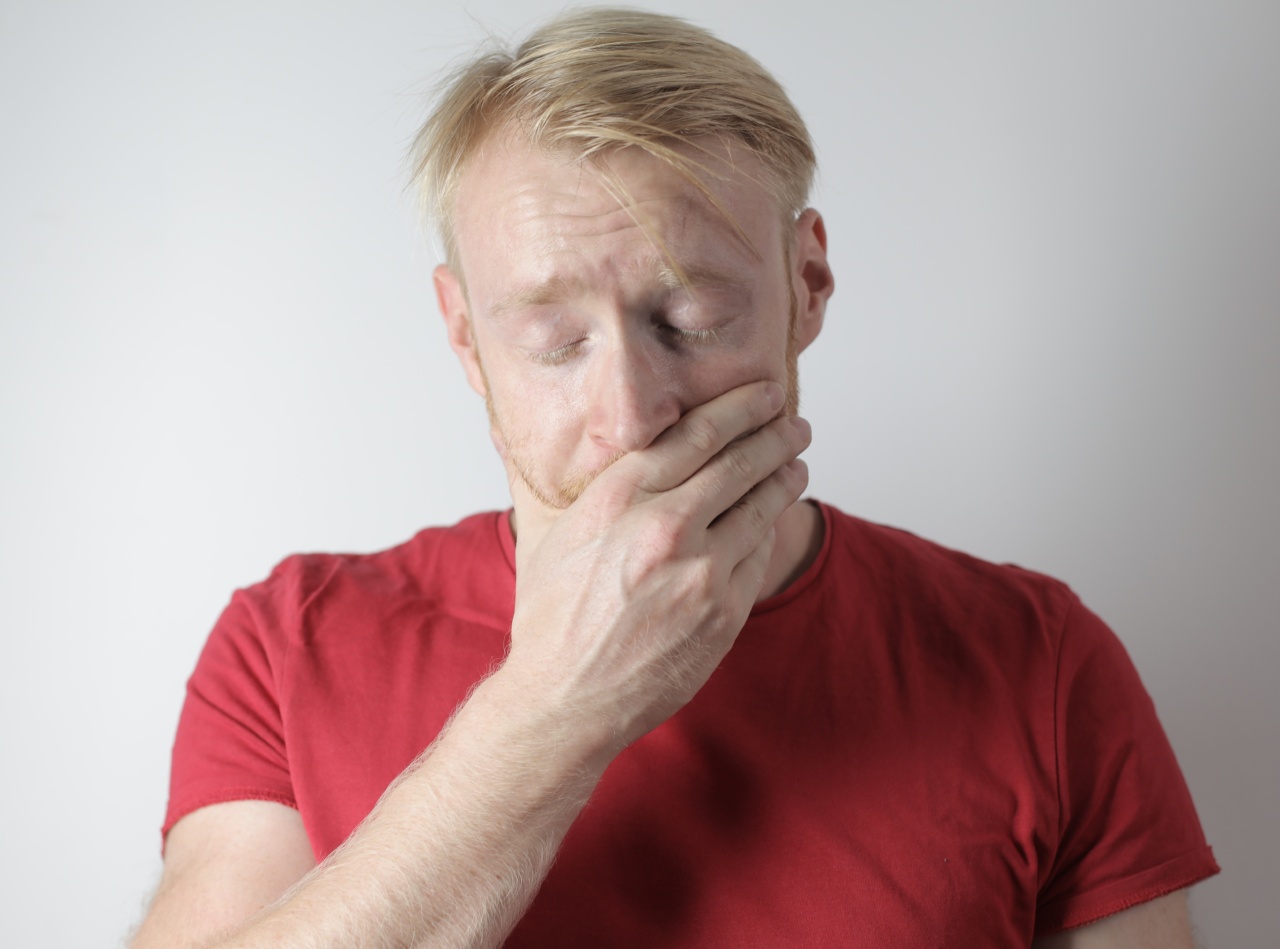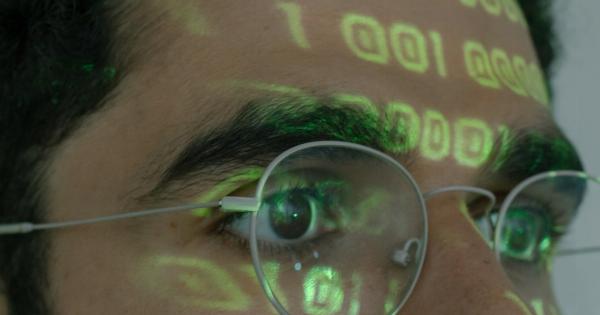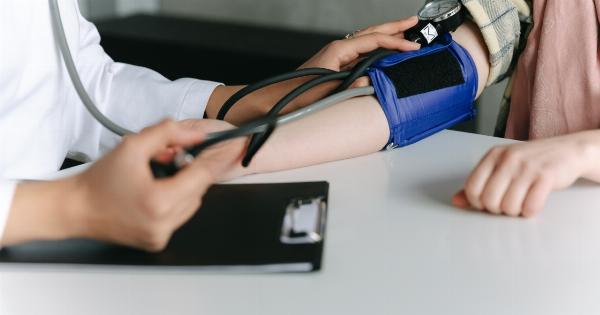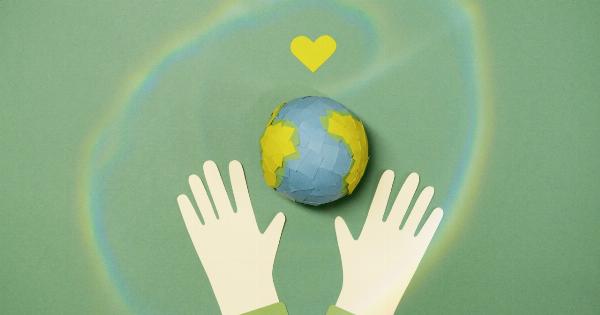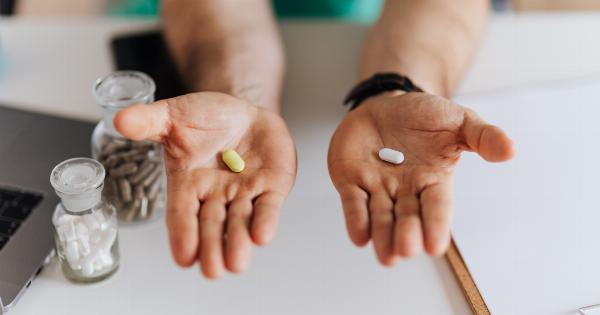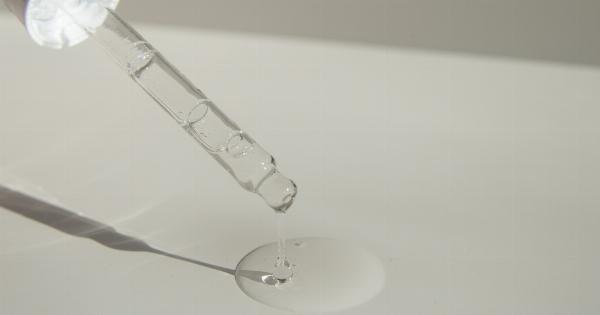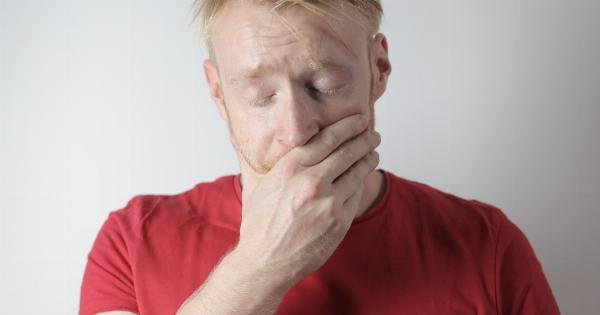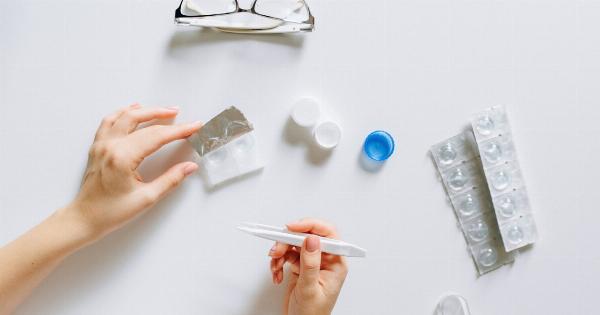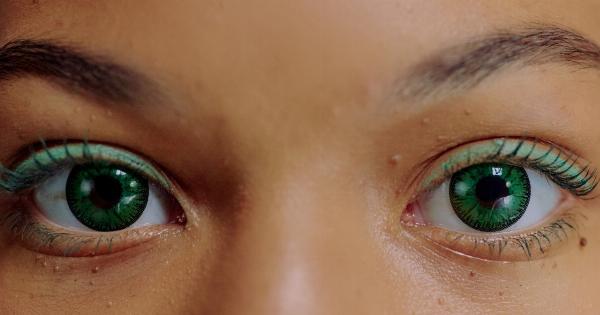Eye pressure, also called intraocular pressure, is the force exerted by the fluids in the eye. It is the most important risk factor for developing glaucoma. Understanding eye pressure and its causes is crucial for managing this condition effectively.
In this article, we will discuss the causes and management of eye pressure.
What Causes Eye Pressure?
The eye has a fluid called aqueous humor that nourishes the eye’s tissues. It is created in the ciliary body and flows out of the eye through a drainage system called the trabecular meshwork.
When the fluid production rate exceeds the drainage rate, the eye pressure increases. This is the main cause of eye pressure.
Another cause of eye pressure is the blockage of the drainage system, which slows down the fluid’s outflow. This results in a buildup of fluid in the eye and increased pressure. Some conditions that may cause a blockage of the drainage system include:.
- Eye inflammation
- Cataracts
- Uveitis
- Injury to the eye
- Diabetes
Effects of Eye Pressure on Vision
Eye pressure can damage the optic nerve, which carries visual information from the eye to the brain. This damage can lead to a loss of vision or blindness.
People with high eye pressure are at a higher risk of developing open-angle glaucoma, a type of glaucoma that has no symptoms until it has progressed to an advanced stage.
Eye Pressure Measurement
Eye pressure can be measured by an ophthalmologist or optometrist using a tonometer.
The most common type of tonometer is the “air puff” tonometer, which uses a puff of air to flatten the cornea and measure the resistance of the cornea to the flattening. Another tonometer is the “Goldmann” tonometer, which uses a gentle pressure on the cornea to measure the intraocular pressure.
The normal range of eye pressure is between 12 and 22 mmHg. If the eye pressure is higher than 22 mmHg, it is considered high and may require treatment.
Treatment for Eye Pressure
The treatment for eye pressure depends on the cause of the increased pressure. Some common treatments include:.
- Eye drops: These are the most common treatment for eye pressure. They work by reducing the fluid production or increasing the outflow of fluids in the eye. Some common types of eye drops include beta-blockers, prostaglandin analogs, and carbonic anhydrase inhibitors.
- Oral medications: In some cases, oral medications may be prescribed to lower the eye pressure.
- Laser therapy: Laser treatment can help to improve the drainage of fluids in the eye and lower the eye pressure. This is done by using a laser to make tiny openings in the trabecular meshwork, allowing the fluid to flow out of the eye more easily.
- Surgery: If other treatments fail to lower the eye pressure, surgery may be necessary. The most common surgery for eye pressure is a trabeculectomy, which involves creating a new drainage pathway in the eye to lower the eye pressure.
Prevention of Eye Pressure
Preventing eye pressure is important to reduce the risk of developing glaucoma and other eye conditions. Some ways to prevent eye pressure include:.
- Having regular eye exams: Regular eye exams can help to detect eye pressure early before it causes any damage.
- Controlling diabetes: Diabetes can affect the drainage system in the eye, leading to high eye pressure.
- Protecting the eyes: Wearing eye protection during sports and other activities can help to prevent eye injuries that may cause high eye pressure.
- Eating a healthy diet: A diet rich in antioxidants and omega-3 fatty acids can help to prevent eye damage and reduce the risk of developing glaucoma.
- Avoiding smoking: Smoking can damage the optic nerve and increase the risk of developing high eye pressure.
Conclusion
Eye pressure is an important risk factor for developing glaucoma. Understanding the causes and management of eye pressure is crucial for preventing vision loss and maintaining healthy eyes.
If you suspect high eye pressure, it is important to see an ophthalmologist or optometrist for a comprehensive eye exam.
